Delhi woke up to a quiet Tuesday morning, but the aftermath of Diwali was impossible to miss. While the night had been alive with rockets and fireworks, the city now sits under a thick, choking blanket of smog and ultra-fine pollutants.
The air is heavy, hazy, and impossible to ignore, with the Air Quality Index (AQI) worsening in most areas across the capital. According to data, the average AQI stood at 451 at 7 am, 1.8x above the national average.
The grey sky has dulled the post-festive cheer, a familiar sight every morning after Diwali. But this year was supposed to be different. Following the Supreme Court’s directives, Delhi had largely switched to less-polluting ‘green crackers’, yet the capital is still struggling to breathe.
Illegal crackers flood markets
When the legal sale of green firecrackers began on Saturday, markets across Delhi-NCR were packed with buyers.
A report by The Times of India found certified green crackers, marked with QR codes and licensing details, were available in main markets. However, alongside these legitimate options, banned conventional crackers were being sold openly and at low costs, often disguised with green labels and fake QR codes.
Be it Pahar Ganj, Kotla Mubarakpur, Bhogal or Rohini, hundreds of small street vendors selling crackers. No sign of ‘green’. @LiveLawIndia @barandbench
— Bhavreen Kandhari (@BhavreenMK) October 19, 2025
So much so for the licence, designated locations, ‘Green’ or QR codes🙄 @DelhiPolice @CPDelhi @DPCC_Pollution pic.twitter.com/DhvpWYwLIQ
Highly polluting varieties, including rockets and bombs, were on display without even pretending to be “green.” Roadside stalls, in particular, offered no green-certified products at all.
Crackers were hidden under makeshift covers, and code words like “bachchon ka” (for kids) and “bada” (big) helped distinguish green from usual firecrackers. Delhi had issued 168 licences for green cracker sales, but many vendors openly promoted “special” stocks, meaning banned crackers.
“You’ll only find the ones labelled green near the gate. If you go deeper into the market, you will get all kinds of crackers there,” a seller in Old Lajpat Rai Market told the outlet. Several stalls prominently displayed rockets and flowerpots stamped with fake green logos.
But why the push for ‘Green’ firecrackers? Because they are designed to reduce pollution: they have smaller shells, less raw material, and emit zero ash, according to the CSIR-National Environmental Engineering Research Institute (NEERI). They release at least 30 per cent less particulate matter and lower gaseous emissions compared to conventional crackers.
However, even green crackers still produce 70 per cent of the pollutants of regular firecrackers. While they are marketed as cleaner, the reduction is far from enough to prevent the spike in air pollution.
“While each individual green cracker may produce 30 per cent less pollution, this marginal gain will be entirely negated by the sheer volume of firecrackers being burst,” Sunil Dahiya, founder and lead analyst at Envirocatalysts, a Delhi-based research and policy think-tank, told The Wire. “The overall result is expected to be a net increase in emissions, making this a counterproductive measure.”
Rampant violations
The Supreme Court had clearly mandated that firecracker use be restricted to 6-7 am and 8-10 pm, but in Delhi, celebrations went on well past midnight, with hardly any enforcement.
Environmental activist Bhavreen Kandhari, who has been campaigning for clean air for nearly three decades, criticised the half-hearted measures.
“We are talking about public health. 30 per cent less pollution is meaningless. Are you saying less poison? Do you want to feed your children less poison? I’m fighting for clean air even before my children were born, and I still managed to give them only damaged lungs,” she told NDTV.
The consequences were evident, as the capital’s air quality plummeted into the ‘very poor’ and ‘severe’ categories. 34 out of 38 monitoring stations reported pollution levels in the red zone, making the air hazardous.
The AQI outside Delhi was no better. According to the private air quality tracker aqi.in, the Noida AQI at 7 am was a whopping 412. In Greater Noida, the AQI reading was 390, while in Ghaziabad it was 412.
Faridabad recorded an AQI of 412, the Gurgaon AQI read 402. In Meerut, the AQI was 302 at 7:30 am.
#WATCH | Visuals from near Dilli Haat INA as GRAP-2 invoked in Delhi.
— ANI (@ANI) October 21, 2025
The Air Quality Index (AQI) around the RK Puram was recorded at 368, in the 'Very Poor' category, in Delhi this morning as per the Central Pollution Control Board (CPCB). pic.twitter.com/SbDigf1Zfk
According to The Indian Express, several locations even failed to record data for hours between 11 pm and 5 am, likely due to instrument saturation caused by extremely high concentrations of particulate matter.
Other factors
While Diwali fireworks have undoubtedly worsened Delhi’s air, they’re not the only culprit. Stubble burning in neighbouring states and vehicle emissions continue to play a major role in pushing the city’s pollution levels higher.
According to data from the Decision Support System (DSS), transport emissions contributed about 15.6 per cent to Delhi’s pollution on Monday, while industrial and other sources made up another 23.3 per cent. These factors, combined with stagnant weather conditions, have turned the city into a pollution trap.
Experts say slower wind speeds this time of year prevent pollutants from dispersing, causing toxic particles to linger close to the ground. Add to that the seasonal stubble burning in Punjab, Haryana, and nearby regions, and Delhi’s air becomes a cocktail of smoke, dust, and exhaust fumes.
The decline began weeks before Diwali. On October 14, Delhi’s AQI had already slipped into the ‘poor’ category at 201, prompting the government to invoke Stage I of the Graded Response Action Plan (GRAP)—an emergency system designed to curb pollution in phases depending on severity.
But as conditions worsened, the government had to roll out Stage II (GRAP-2) curbs by October 19, just a day before Diwali, when pollution levels plunged further. These measures included restrictions on construction activities, diesel generator use, and traffic in certain zones.
For now, experts are advising residents to limit outdoor activities to the essentials until the air quality improves to at least the ‘moderate’ range. But with changing weather patterns and continued emissions, that relief might still be a while away.
With input from agencies


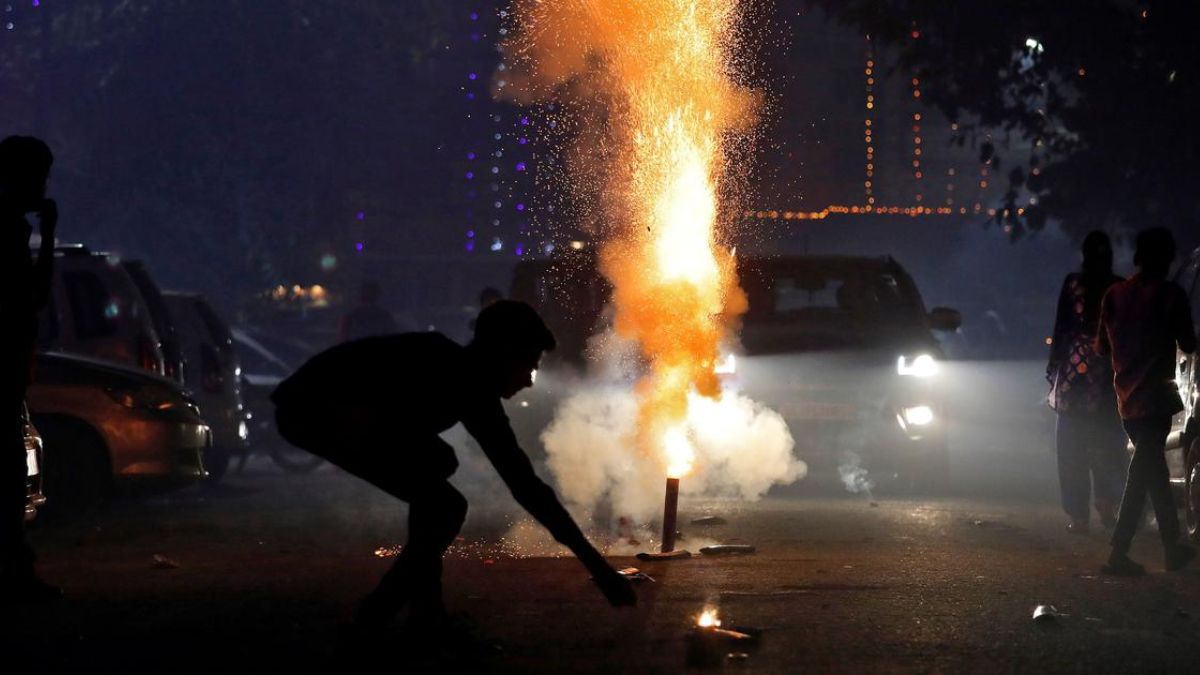)
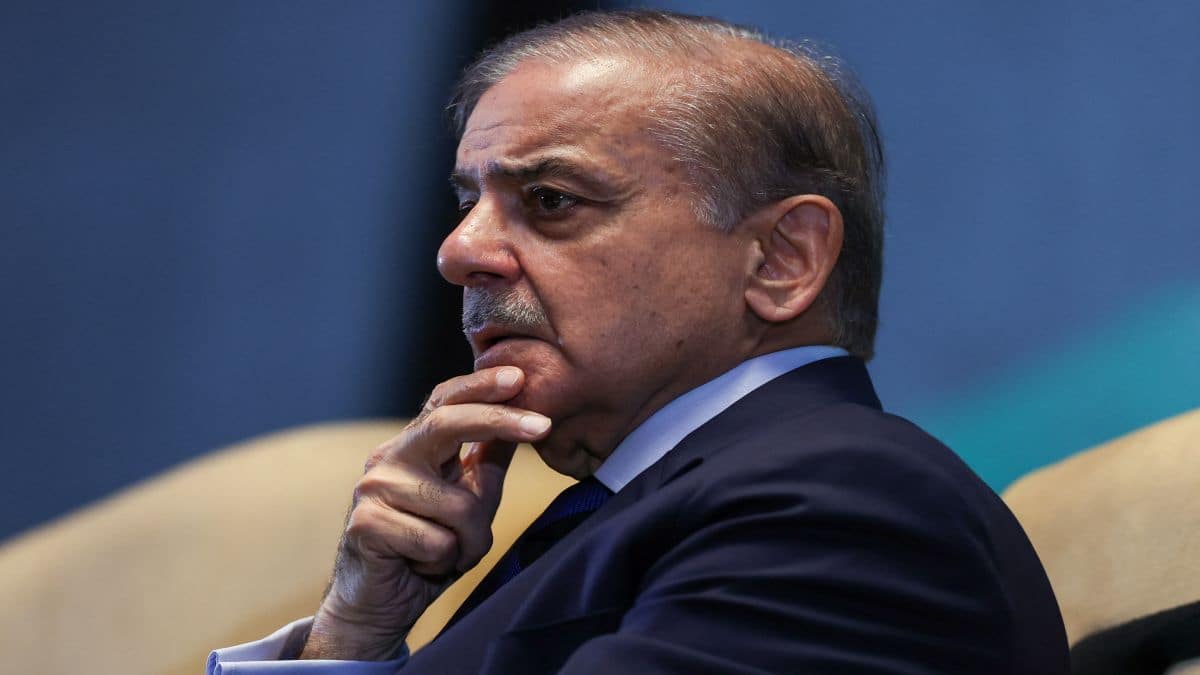
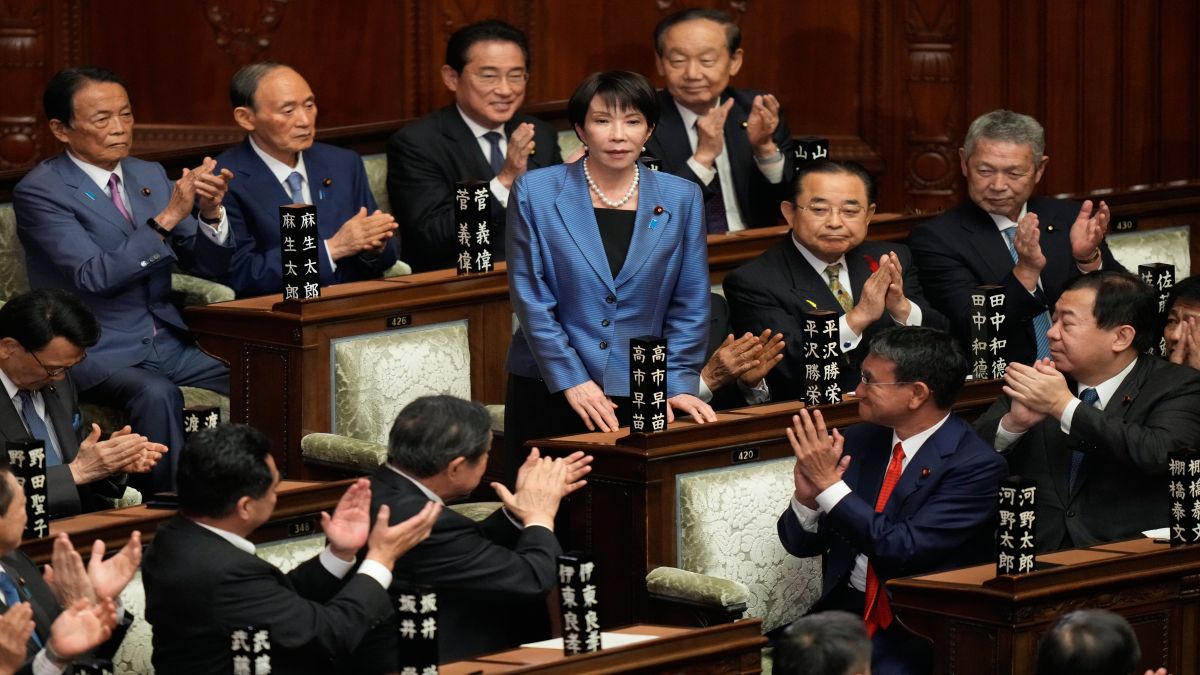)
)
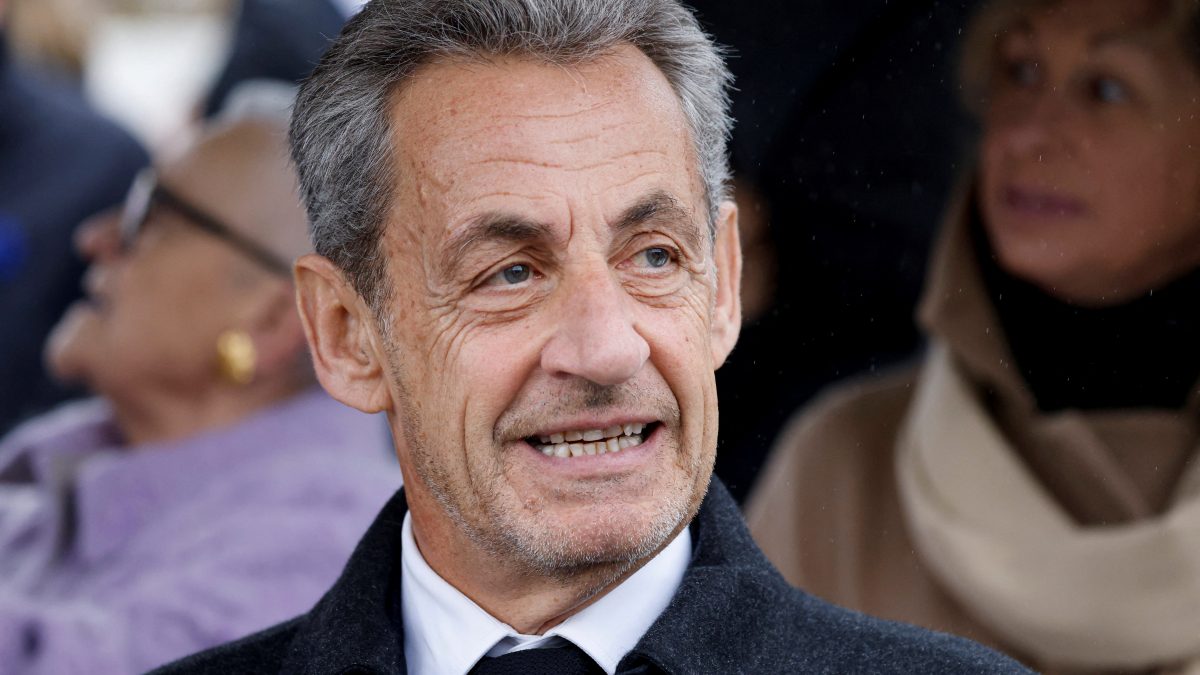)
)
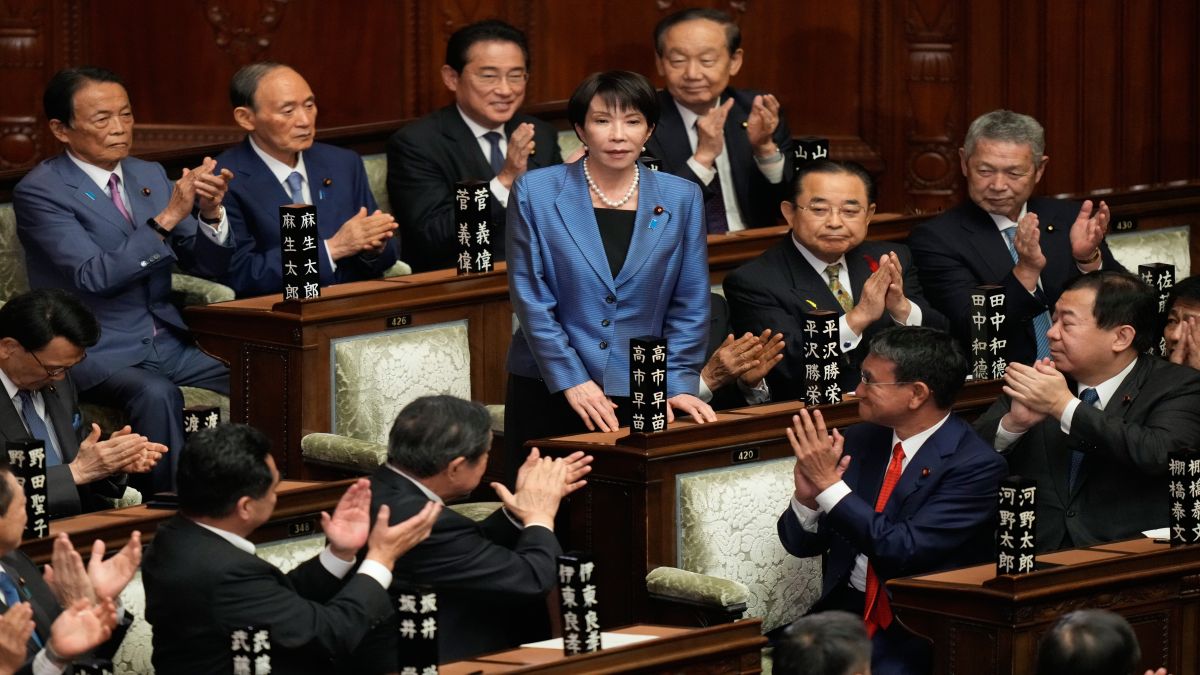)
)
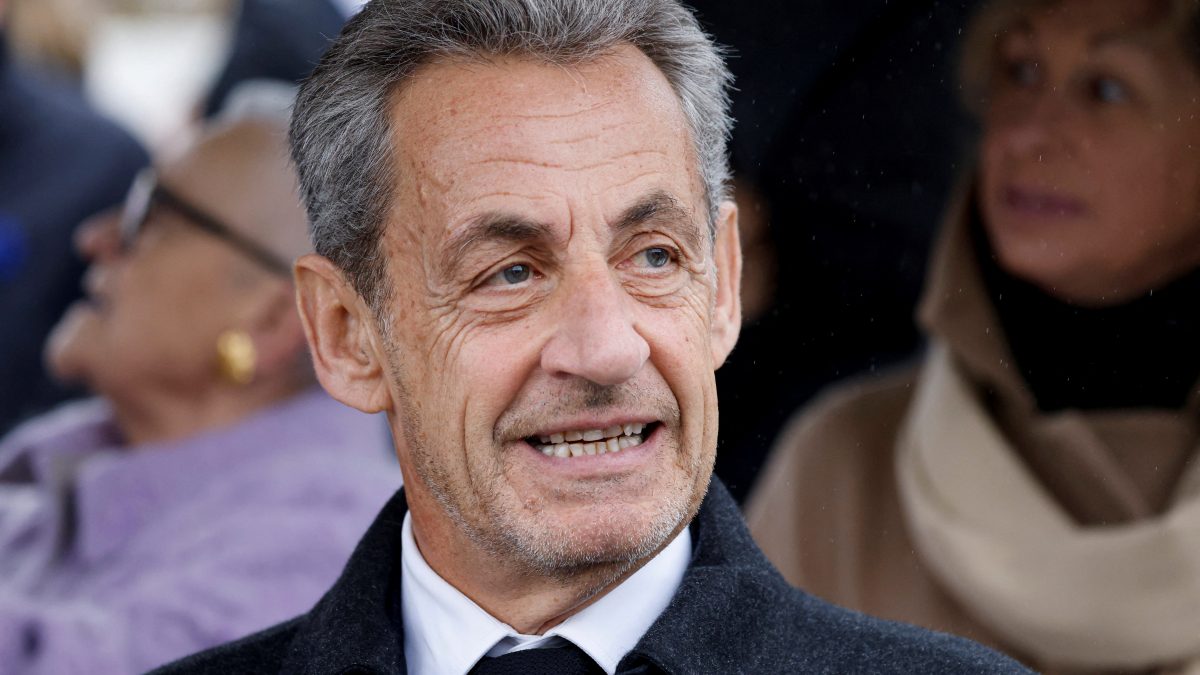)
)



